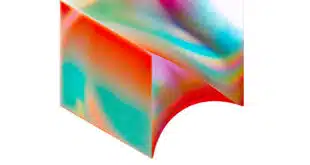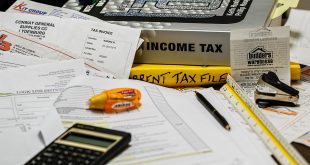Late in the last century, there was lingering resistance from merchants to a new technology that shifted payments to credit cards. But early adopters were handsomely rewarded. For us today, the challenge is to welcome a remarkable new payment theater: the looming quantum.
It’s quite a daunting challenge because quantum is veiled in an aura of mystery that makes everyone uneasy. Richard Feynman, the father of quantum computing, famously said that if someone tells you he understands quantum physics, you know right away that he does not know what he is talking about.
Quantum-computing technology is advancing on high gear. It stands to invalidate e-commerce as we know it because payment security today relies on the idea that computers cannot be faster than they are. But quantum computers are much, much faster.
After clearing away the debris of today’s protocols, quantum will revolutionize efficacy, efficiency, and security, and accelerate progress in serving large social goals, helping, we can hope, the cause of international cooperation. My projection is that, in five years, or at most 10, the name of this publication will change to Quantum Digital Transactions, and the articles herein will be vastly different from today’s offering.
Much as quantum is inherently mysterious, so is the future of its uses. But we have to put forth our best predictions and act upon them. I will give my take in upcoming columns. Here, I wish to focus on the core mystery of quantum.
Isaac Newton brilliantly used math to describe noticeable phenomena. His equations would predict how high and how far a ball is thrown, at what speed a wheel rolls downhill, and so on. Then, James Maxwell used math to describe electromagnetic forces. These were phenomena that were sensed without math, and then math described them.
But this paradigm broke down at the microscopic level. We no longer have a story we need to “math-quantize.” All that we have is measurements, and indirect ones at that. We are hard-pressed to imagine a reasonable story to explain these measurements, but we can build a mathematical structure that takes in known measurements and predicts future measurements. The absence of a gratifying story connecting these measurements is the root cause of our unease about our dealings with the very small.
The fundamental idea of quantum occurred to Werner Heisenberg when he was walking one night in a dark park. He noticed a man walking under a lightpost. The man disappeared into the darkness, but a few seconds later reappeared under another lightpost, only to disappear again before being noticed under a third light. Based on this trajectory, Heisenberg could predict under which lightpost the man would show up next.
And then it hit him: “I have no idea what happens to the man between the occasions of visibility,” he said. “My prediction of what I will see next is based on my records of past observations.” This inspired Heisenberg to pioneer the notion of co-existence with the mystery of what happens between observations, and simply build the math that could predict with great likelihood what will happen next.
This coexistence with our ignorance of the reality between measurements is still the key to the new technology. But there is more. Quantum computing is probability calculus, not the deterministic calculus that Newton taught us. Since quantum is naked math without a story to animate the equations, it is necessary for us to tackle this math, at least in a conceptual way, if we want to feel at home in our evolving techno universe. I will take this up in upcoming columns. Stay tuned!
—Gideon Samid, gideon@bitmint.com





